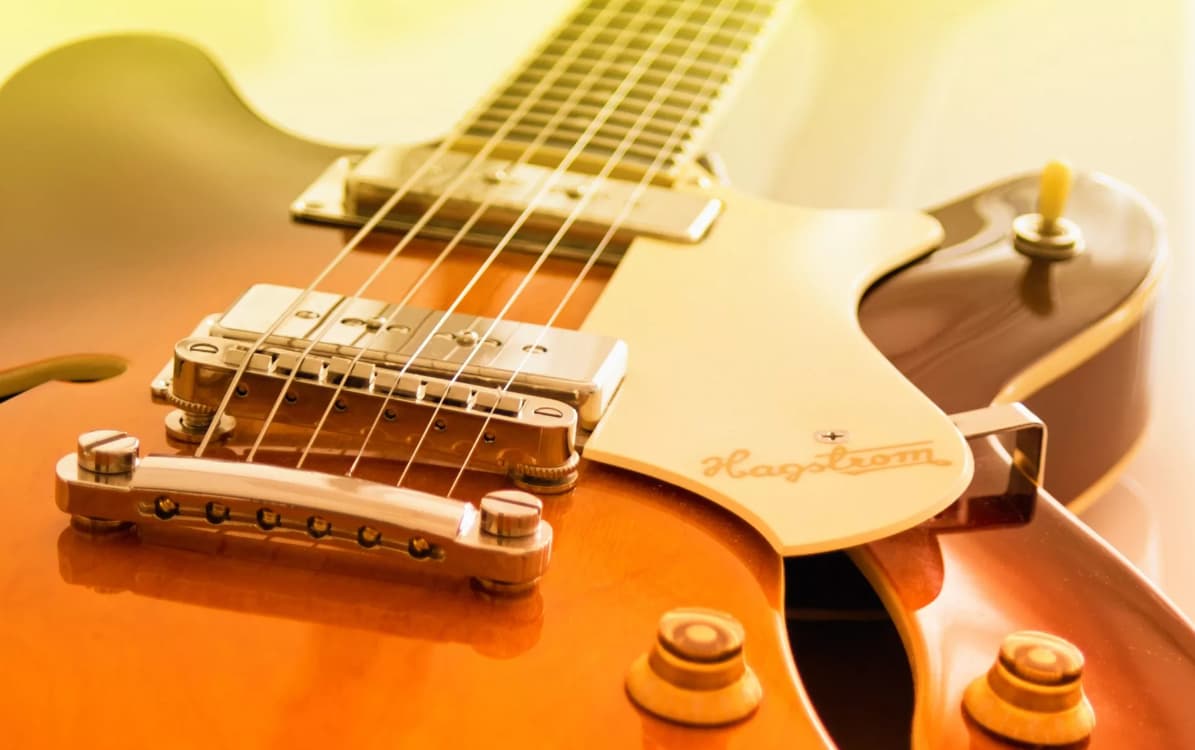Highlife
Highlife, a vibrant musical style originating from Ghana and Nigeria, is the soulful soundtrack to celebrations and special occasions across West Africa. Coined by C.K. Mann, this genre gained popularity among urban elites in Ghana during the 1940s, known for its carefree and upbeat melodies.
Originating in the late 19th century, Highlife finds its roots in European-style brass bands that provided music for local ceremonies and international gatherings. Initially featuring European instruments like trumpets and saxophones, these bands evolved to incorporate local stringed instruments like guitars, earning them the moniker “jazz bands” by the early 20th century.
Notable Artists
Fela Kuti, hailing from Nigeria, is celebrated as one of the foremost Highlife artists. His band, Koola Lobitos, blended jazz with African rhythms, later evolving into Africa 70, renowned for their Afrobeat sound.
Kwesi Arthur, born in Ghana and raised in London, captivates audiences with Highlife tunes that echo the essence of Ghanaian life and love.

The Highlife Sound
Highlife music is a fusion of drums, guitars, and traditional African instruments like kalimbas and talking drums, creating a captivating auditory experience that embodies the spirit of West Africa.
Highlife Music in the Digital Age
In today’s digital landscape, Highlife is accessible online through streaming platforms like Spotify and Apple Music, enabling listeners worldwide to enjoy its rich melodies. Social media platforms further facilitate the sharing of Highlife gems, connecting people across borders and cultures through the universal language of music.
The Influence of Music on Other Genres
Highlife music has exerted a significant influence on other genres, particularly Afrobeats and hip hop.
Afrobeats emerged in the 1990s as a derivative of Highlife music, gaining prominence through artists like Fela Kuti and King Sunny Ade. Rooted in Nigeria’s diverse musical heritage, Afrobeats blends traditional African styles with European colonial influences such as jazz.
Hip hop, too, draws inspiration from Highlife, with many artists sampling vintage Ghanaian records to create their own tracks.

Highlife Music in Nigeria
Introduced to Nigeria by the British in the early 20th century, Highlife music quickly gained popularity, becoming a staple at parties and festivals nationwide. Musicians crafted melodies using instruments like guitars, drums, horns, and piano, often singing about love or social issues.
Today, Highlife music remains prevalent in Nigerian cinema, serving as background music for scenes depicting rural life on farms and plantations.
The Impact on African Culture
Highlife music has profoundly shaped African culture, serving as a tool for social movements and a unifying force for African identity. Early Highlife musicians drew inspiration from Western music, incorporating unique elements into their songs, setting them apart from other African genres of the time.
Conclusion
Highlife music boasts a rich history and continues to influence diverse genres. Integral to African culture, its popularity is poised to grow as the world becomes increasingly interconnected through technology.

